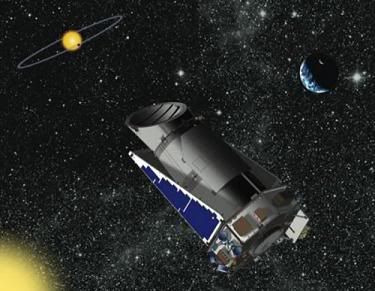Post by glactus on Jul 9, 2011 3:14:01 GMT

Are we alone
Are we alone in the Universe?
"The Drake equation"
This is a formula that has been the subject of much debate, and some say, out of date. It was constructed at a time when no xoplanets were discovered and since then, with much improved methods of detection, over 500 planetary systems have been found with some in the habitable zone.
Drake equation
N = R* = fp = ne =fâ„“ =fi =fc = L =
where:
N = the number of civilizations in our galaxy with which communication might be possible;
and
R* = the average rate of star formation per year in our galaxy
fp = the fraction of those stars that have planets
ne = the average number of planets that can potentially support life per star that has planets
fâ„“ = the fraction of the above that actually go on to develop life at some point
fi = the fraction of the above that actually go on to develop intelligent life
fc = the fraction of civilizations that develop a technology that releases detectable signs of their existence into space
L = the length of time for which such civilizations release detectable signals into space.
Drake equation summary
The Rare Earth hypothesis, which posits that conditions for intelligent life are quite rare, has advanced a set of arguments based on the Drake equation that the number of planets or satellites that could support life is small, and quite possibly limited to Earth alone.

The Kepler space telescope
However,NASA's Kepler mission which was launched on March 6, 2009. is unlike previous searches, and sensitive to planets as small as Earth, and with orbital periods as long as a year. Kepler is providing a much better estimate of the number of planets per star that are found in the habitable zone.

An Alien planet
Considering the fact that these 500 or so xoplanets that have been found are indeed very close to us in astonomical terms, we only have to find one that has life forms, however primitive, to have a water- shed of possibilities, for the law of averages would tell us that we are not alone and that the Universe and our galaxy is indeed teeming with life.
Looking at an xoplanet
Credits: These are non copywrite images
Text by Wikipedia
Telescope in avatar: Meade 16" LX 200
Astronomer in avatar: Glactus


